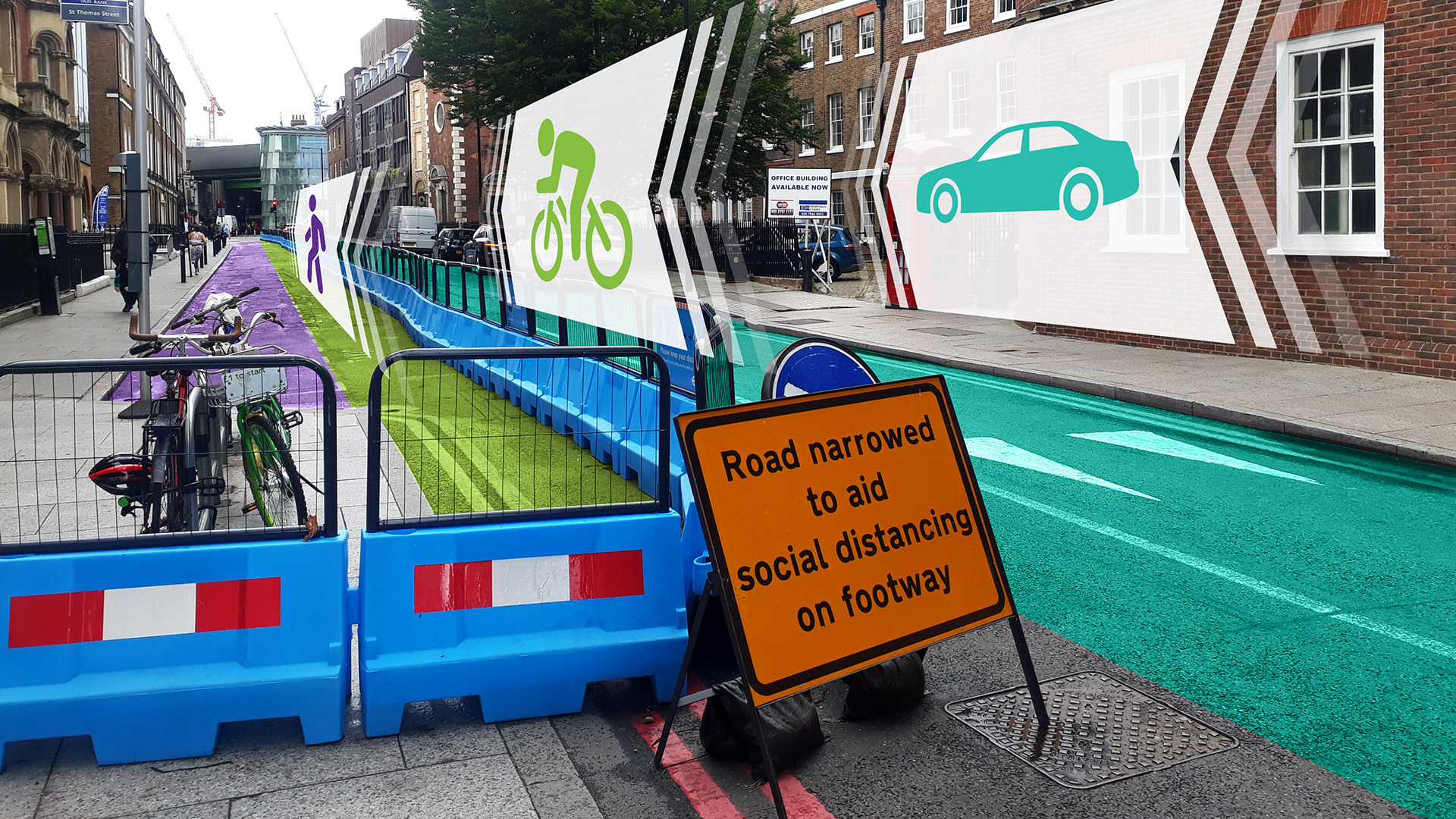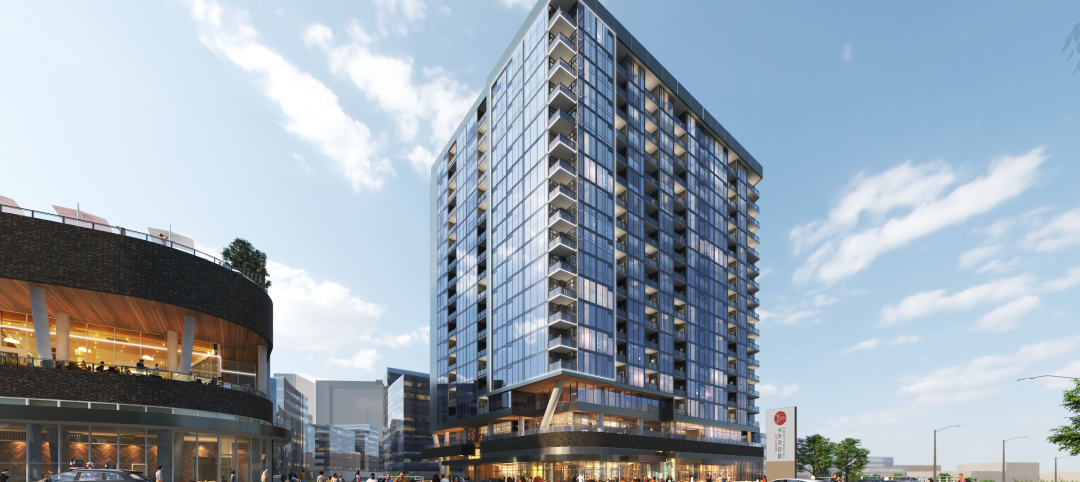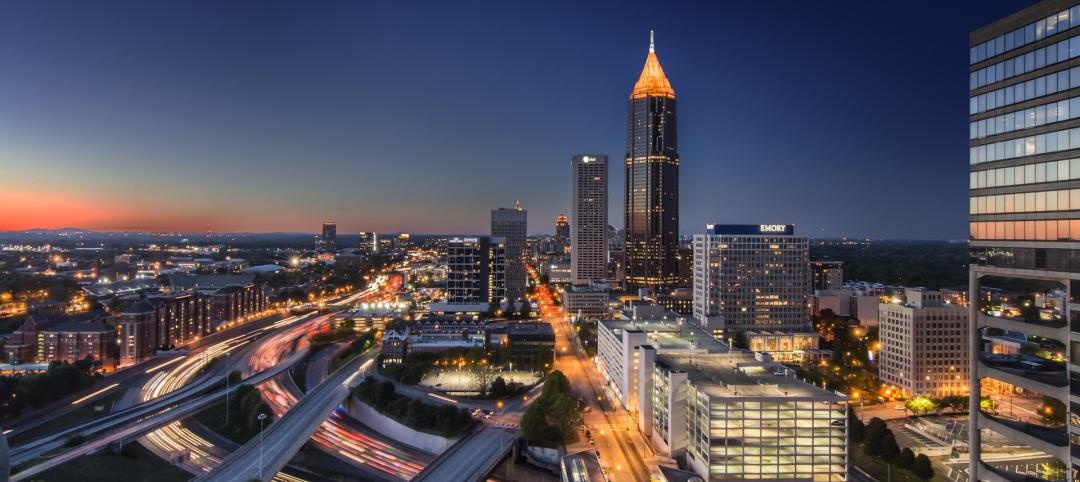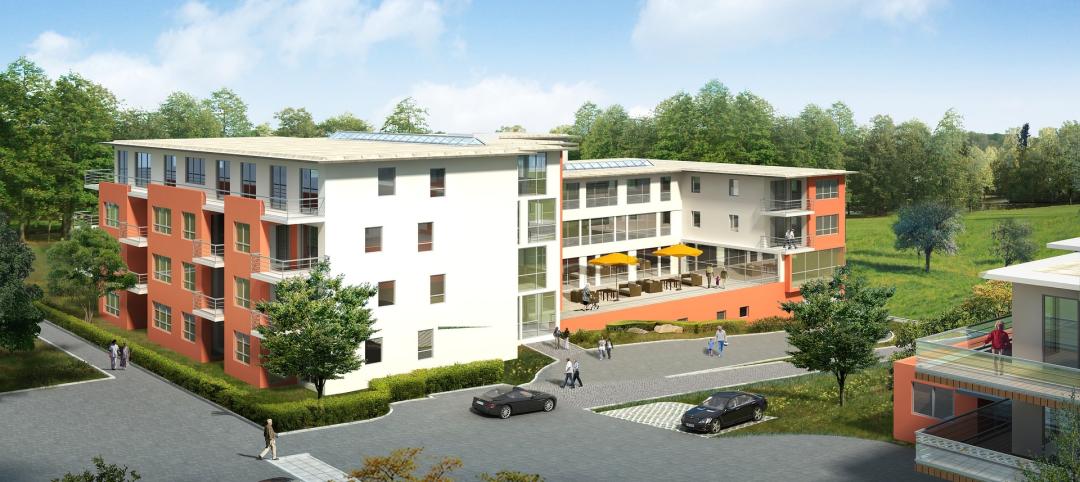Since early 2020, Americans have been forced to sequester themselves in their homes with outdoor activities, in most cases, being the sole respite for social distancing. And many of people are going back to the basics with a quintessential outdoor activity: biking.
Bike sales absolutely skyrocketed during the pandemic, growing by 69% in 2020. The U.S. weekly average ridership increased by 20% year over year and increased 110% on trails. In fact, nine percent of Americans say they rode a bike for the first time in over a year specifically because of the pandemic. However, while this sudden jump is remarkable, interest in cycling isn’t necessarily a new phenomenon.
A packed peloton: The (steady) rise of the bicycle
Between 2000 and 2013, bicycle commuting rates across the U.S. jumped by 62%. This trend has not been lost on Departments of Transportation either – California for example dedicates $220 million each year for infrastructure projects specifically to improve bike safety, and Federal Highway Administration continually supports funding and innovation for Safe Transportation for Every Pedestrian (STEP).
Now, there’s support for cycling at the federal level. Improving road safety for cyclists is a key part of President Biden’s Infrastructure Investment and Jobs Act, which includes a $5 billion “Safe Streets for All program” to make American streets safer for cyclists and pedestrians and help reduce crashes and fatalities.
Together, growing bike ridership and federal funding mean there will be mounting pressure to increase safety for everyone on the roads.
Safer roads benefit everyone
Multiple studies have shown that putting bike safety at the forefront of infrastructure design and construction behooves us all. A 2019 study showed that cities with higher rates of cycling are both safer for cyclists and have fewer life-threatening or fatal crashes for motorists and pedestrians. The theory is simple: if you build infrastructure focused on bicycle safety, you create a safer shared environment for everyone involved.
However, in the U.S. cyclists have historically been accommodated rather than prioritized in infrastructure, with measures like implementing “sharrows” (bicycle signs painted on the road) or adjusting traffic management systems. Every year, a comprehensive ranking of the “most bicycle-friendly cities on the planet” is released called the The Copenhagenize Index – arguably the most reliable and thorough list of its kind. Unfortunately, the last time a U.S. city was named to the coveted list was 2011.
The progress of other global cities shows the opportunity the U.S. has to meet this increase in bike participation in stride – and make everyone on the roads safer in the process.
Infrastructure and design: shifting from “accommodation” to “facilitation”
For transportation infrastructure, it’s time to adjust our mindset from “accommodation” to “facilitation.” Here are a few ways infrastructure teams, whether city or state, can do just that:
- Dedicated bike lanes: Tremendously more substantial than “sharrows,” dedicated bike lanes have proven to dramatically increase safety and peace of mind for motorists and cyclists alike. In some cases, they’ve resulted in 90% fewer injuries per mile compared to areas with no bike infrastructure (with 96% of people feeling safer just because of their existence).
- Bike bridges and people paths: While many bridges are built specifically for pedestrians and cyclists, retrofitting existing bridges to include bikeways provides a drastic improvement for cyclists. Anything new should plan to include “people paths” given that bridges are typically built to last more than 50 years.
- Protected intersections: A shining example of a society that has successfully engrained cycling into its culture, The Netherlands have taken dedicated bike lanes to the next level by creating fully protected intersections. With disproportionately high rates of collisions at intersections, the Netherlands have expanded physical dividers and installed raised bike lanes in intersections.
- Enhanced traffic calming measures: From speed humps to chicanes, traffic calming measures help to slow speeds and increase safety in more heavily trafficked areas.
- Bus turnouts: Cyclists are often permitted to share bus lanes with buses to separate themselves from other road vehicles. However, cycling alongside buses can be intimidating and dangerous, particularly when these large vehicles reach a stop. Bus turnouts – designated spots at the side of the road for buses to pull over – have been shown to reduce the risk of injury to cyclists.
- Bike storage: Whether people cycle for leisure or commuting, convenience is key. Providing quality end-of-trip facilities like bike storage can support long-term cycling habits. Evidence also suggests bike parking infrastructure can deliver five times higher retail spend than if the same area was used for car parking.
- The right material: The right road surface not only improves the comfort and safety of cycling, but helps to highlight cycle space to other road users. Asphalt concrete’s low friction and smooth surface have made it the surface of choice on Danish cycle tracks – whereas gravel and paving slabs can become uneven and potentially dangerous.
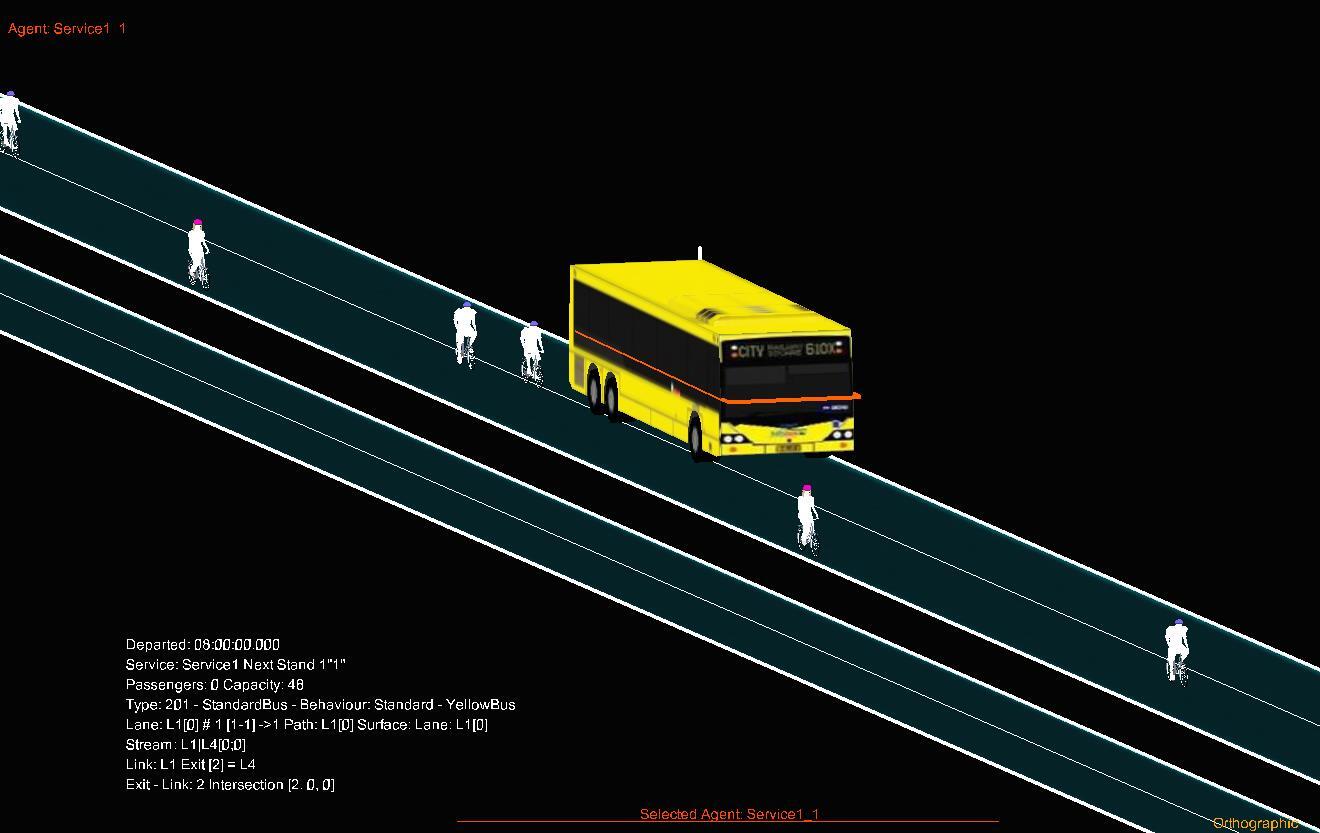 Autodesk InfraWorks offers analysis tools to model and simulate how people, vehicles and cyclists travel within a network.
Autodesk InfraWorks offers analysis tools to model and simulate how people, vehicles and cyclists travel within a network.
Take it for a test ride: using VR and simulation to mitigate risk
The use of virtual reality, augmented reality and simulation in construction has become an invaluable tool that allows companies to try before they build. This is a monumental opportunity for taking the safety of cyclists, pedestrians and motorists into consideration when developing bike-friendly infrastructure.
Mobility simulators allow for multi-modal analysis – a way to simulate how traffic, pedestrians and cyclists would move and interact with each other in a given construction design. This not only saves incredible amounts of time for traffic analysts, but also allows analysts to optimize for effectiveness, cost and safety for everyone involved. In a situation where rework is not only costly but also potentially life threatening for motorists and cyclists, mitigating risk during the preconstruction phase is invaluable.
A new dawn of American cyclery
If at least one thing is for sure, we will continue to see an increase of bikes on our roads – whether it’s life-long bike commuters or hobbyists who recently purchased a bicycle to get outside during the pandemic.
It’s our duty within the design and construction community to be forward thinking about the way we build and create a safer environment for everyone involved. For our roads – this starts with shifting our mindset away from building to simply accommodate cyclists and towards building to encourage more bike riding. The question is: are we up for the challenge?
About the Author
Nick Ramondo is a Technical Specialist at Autodesk Construction Solutions, a construction productivity software company that helps the industry connect the office, trailer and field with intelligent project management tools built on a unified construction cloud platform. Prior to joining Autodesk in 2020, he spent seven years in the AEC industry as an engineer and project manager. Ramondo is a Licensed Professional Engineer and holds a Master of Architectural Engineering from the Pennsylvania State University. He lives in Philadelphia with his wife, Carolyn.
Related Stories
Education Facilities | Sep 16, 2024
Hot classrooms, playgrounds spur K-12 school districts to go beyond AC for cooling
With hotter weather occurring during the school year, school districts are turning to cooling strategies to complement air conditioning. Reflective playgrounds and roads, cool roofs and window films, shade structures and conversion of asphalt surfaces to a natural state are all being tried in various regions of the country.
3D Printing | Sep 13, 2024
Swiss researchers develop robotic additive manufacturing method that uses earth-based materials—and not cement
Researchers at ETH Zurich, a university in Switzerland, have developed a new robotic additive manufacturing method to help make the construction industry more sustainable. Unlike concrete 3D printing, the process does not require cement.
Adaptive Reuse | Sep 12, 2024
White paper on office-to-residential conversions released by IAPMO
IAPMO has published a new white paper titled “Adaptive Reuse: Converting Offices to Multi-Residential Family,” a comprehensive analysis of addressing housing shortages through the conversion of office spaces into residential units.
Mixed-Use | Sep 10, 2024
Centennial Yards, a $5 billion mixed-use development in downtown Atlanta, tops out its first residential tower
Centennial Yards Company has topped out The Mitchell, the first residential tower of Centennial Yards, a $5 billion mixed-use development in downtown Atlanta. Construction of the apartment building is expected to be complete by the middle of next year, with first move-ins slated for summer 2025.
Office Buildings | Sep 6, 2024
Fact sheet outlines benefits, challenges of thermal energy storage for commercial buildings
A U.S. Dept. of Energy document discusses the benefits and challenges of thermal energy storage for commercial buildings. The document explains how the various types of thermal energy storage technologies work, where their installation is most beneficial, and some practical considerations around installations.
Office Buildings | Sep 5, 2024
Office space downsizing trend appears to be past peak
The office downsizing trend may be past its peak, according to a CBRE survey of 225 companies with offices in the U.S., Canada, and Latin America. Just 37% of companies plan to shrink their office space this year compared to 57% last year, the survey found.
University Buildings | Sep 4, 2024
UC San Diego’s new Multidisciplinary Life Sciences Building will support research and teaching in both health and biological sciences
The University of California San Diego has approved plans for a new Multidisciplinary Life Sciences Building, with construction starting this fall. The 200,000-sf, six-level facility will be the first building on the UC San Diego campus to bridge health science research with biological science research and teaching.
Codes and Standards | Sep 3, 2024
Atlanta aims to crack down on blighted properties with new tax
A new Atlanta law is intended to crack down on absentee landlords including commercial property owners and clean up neglected properties. The “Blight Tax” allows city officials to put levies on blighted property owners up to 25 times higher than current millage rates.
Resiliency | Sep 3, 2024
Phius introduces retrofit standard for more resilient buildings
Phius recently released, REVIVE 2024, a retrofit standard for more resilient buildings. The standard focuses on resilience against grid outages by ensuring structures remain habitable for at least a week during extreme weather events.
Construction Costs | Sep 2, 2024
Construction material decreases level out, but some increases are expected to continue for the balance Q3 2024
The Q3 2024 Quarterly Construction Insights Report from Gordian examines the numerous variables that influence material pricing, including geography, global events and commodity volatility. Gordian and subject matter experts examine fluctuations in costs, their likely causes, and offer predictions about where pricing is likely to go from here. Here is a sampling of the report’s contents.


